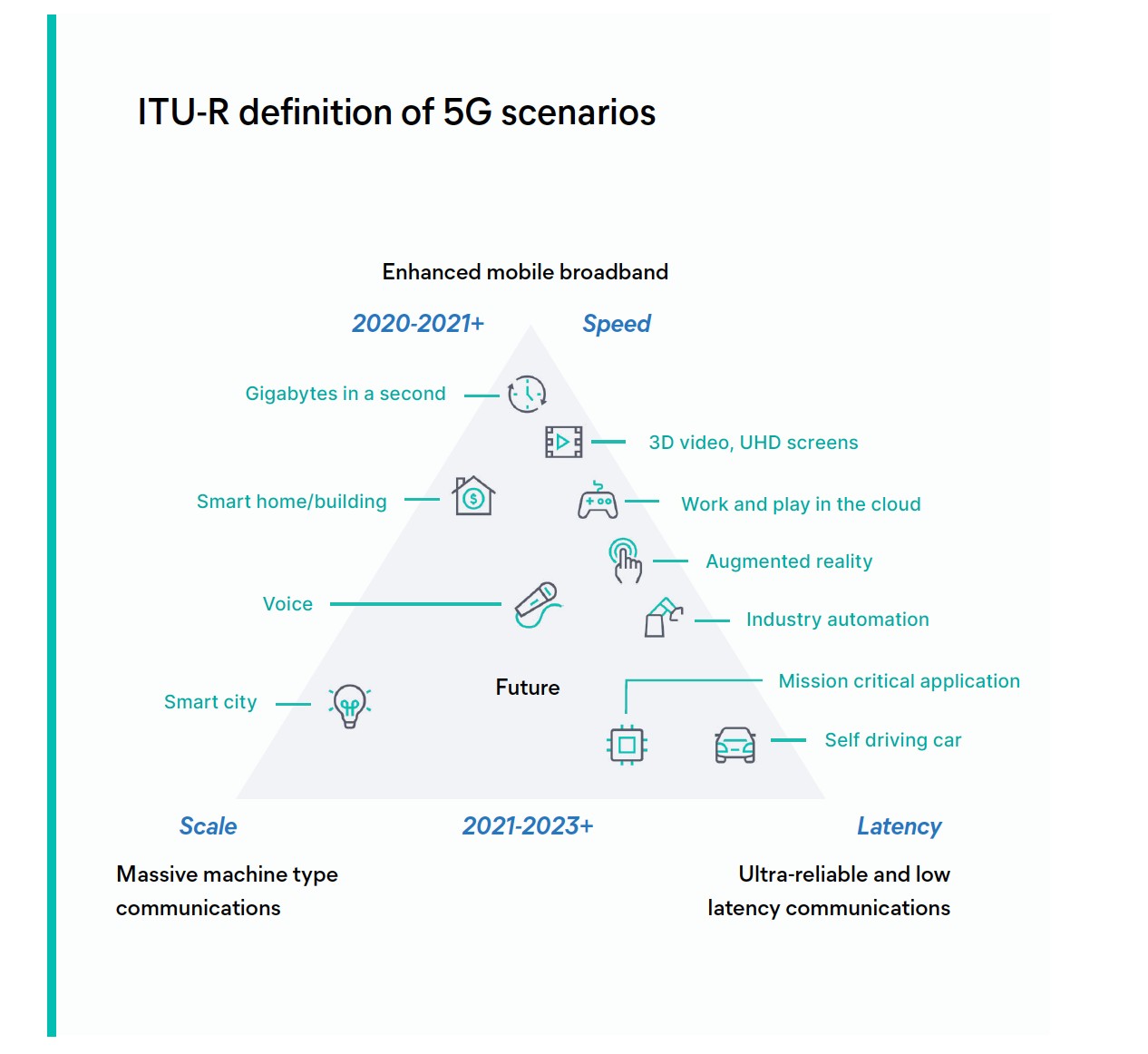Unlocking new opportunities from 5G
5G is set to create a wave of opportunity not just for the telecommunications industry, but for the global economy, with opportunities stemming from the use of 5G in everything from industrial automation to remote surgery. This puts telecommunications operators at the forefront of enabling innovation and growth in these areas and others which require the ability to collect, process, and analyse vast volumes of data.
Evolution of 5G and network complexity
Aspects of network topology that will drive the proliferation and commercialisation of 5G include the switch from networks being fully hardware defined to being software-based and the movement towards network slicing. Enabled by network functions virtualisation (NFV) and software-defined networking (SDN), network slicing creates multiple virtual networks that can be optimised based on the needs of different customers or applications.

Commenting on the opportunities this will bring, the GSM Association said that “Just as digitisation has opened up the consumer market to a previously unimaginable array of experiences, we believe that slicing, and the adaption capabilities within, will be a similar catalyst for business customers, enabling them to facilitate their activities in ways we may struggle to even imagine today.”
Observability in the age of 5G
The coexistence of 5G with older technologies and the complexities brought about by network slicing will make observability more difficult for telecommunications operators. What is needed is a new approach to monitoring that can handle the heterogeneous architecture of 5G and provide a unified view of infrastructure and equipment data, including system logs, KPIs, endpoint detection and response systems, CDR (call detail records), and EBM (event-based monitoring).
Any observability solution should also be capable of merging and enriching data from multiple domains, including customer traffic, planning, inventory management, performance management, fault management, configuration management, software management, and environmental monitoring amongst others. Analysis of this enriched data will allow operators to discover new insights and better leverage their data to optimise performance and generate new revenue streams.
The path forward: Enabling real-time insights at scale
As 5G networks are used to power mission-critical applications like drones and self-driving cars, network failures and security breaches will be unacceptable and may have severe consequences. In this environment, the ability to quickly detect and resolve issues in a timely manner will be critical and operators need to act now to establish new capabilities in data analytics.
Traditional systems are highly siloed, and correlating between different data sources is very difficult (if not impossible). Insights are limited to a single data source domain and do not provide a customer-centric view. Shifting away from this approach and co-locating all information onto a single analytical platform like Elastic opens up new ways to perform data analysis. It enables operators to map customer experience to service quality, and later to system availability. Fraud detection and abuse of the network can be detected using the same data set and the same analytic capabilities.
Securing 5G through SecOps
Improving network observability is also essential in order to monitor and protect against threats to the network, including espionage or denial-of-service attacks. These threats could be aimed at the core infrastructure of 5G or target the billions of connected devices that we will see with the growth of IoT.
What will make security more challenging for 5G operators is the increase in possible intrusion points and the difficulties in monitoring raised earlier. The move towards SecOps (Security + Operations) will help to address these challenges by bringing together the technologies, processes, and expertise needed to keep networks and data secure.
Underpinning this, telecommunications operators will need a solution that provides complete visibility into the network environment and reduces mean time to detect (MTTD) through automation and machine learning.
Author: Piotr Kobziakowski, Senior Solutions Architect & Stuart Duncan, Senior Solutions Architect at Elastic - Follow Elastic on Twitter and LinkedIn.
To read more from #DiversifyingTelecoms Campaign Week check out our landing page here.

